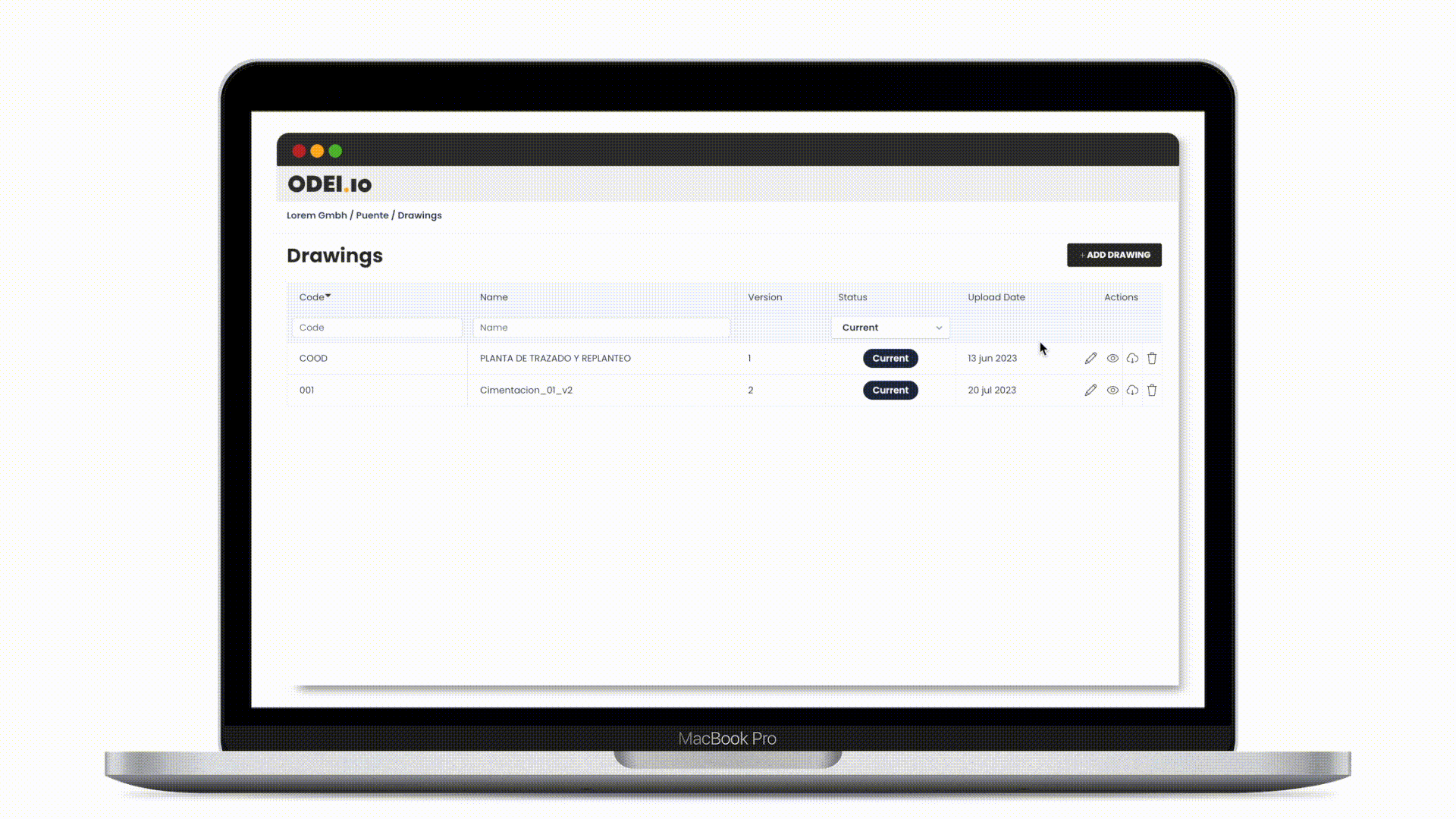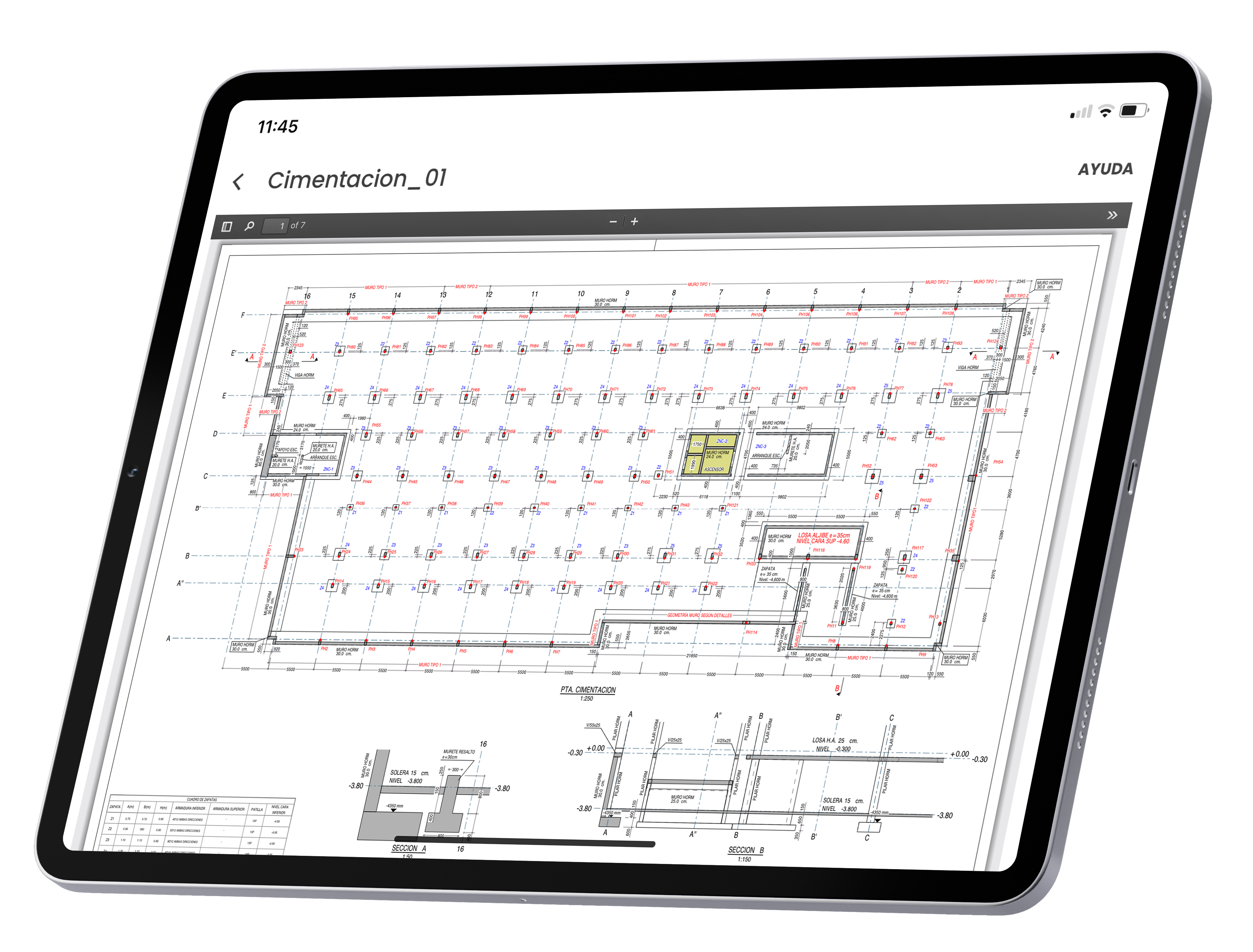Engineers and architects have made use of digital tools to produce drawings for ages. Nobody would ever conceive a reality where hand-drawn drawings make a comeback.
However, not so many construction companies or projects have adopted a fully digital drawing management practice. At most, drawings are stored in some shared server inaccessible to stakeholders and hard to manage.
All the above leads to lots of potential issues; including misunderstandings, errors, decreased productivity, etc.
- Miscommunication and errors. The use of physical copies can lead to errors derived from using obsolete versions. Which thereafter translates into delays and rework, negatively impacting project financials and the timeline.
- Limited accessibility. Project stakeholders have it more difficult to access drawings if they are only available physically or stored in some remote server. This hinders collaboration and leads to delays and inefficiencies.
- Poor organisation and tracking. Without smart digital storage, it becomes challenging to organise and trace different versions of plans and drawings on a server or shared drive. This can lead to confusion, outdated information being used, and difficulty in ensuring everyone is working with the latest version.
- Loss and damage. Physical copies of drawings are susceptible to loss, damage, or misplacement. This results in the loss of critical information, confusion among team members, and potential disruptions to project timelines.
- Confidentiality at risk. It is extremely challenging to restrict access to unauthorised personnel when working on paper. Digital alternatives are much better protected and access can be ensured through credentials.
In short, physical drawings are cool but they are nothing but a risk for project performance.
Drawings, in their digital form, enable significantly more effective data sharing, distribution, collaboration, and the elimination of the necessity for printing and associated time waste.

odei.io can help you address these challenges, leading to improved productivity in your project. Here’s how the tool helps you regain control, have better organisation, and traceability:
- Improved communication. Collaborators can easily share and discuss drawings, eliminating communication gaps.
- Regulatory compliance. Digital storage ensures compliance with regulatory requirements and facilitates the retrieval of necessary documentation during inspections or audits.
- Increased productivity at all stages. Easy and fast access to drawings enables efficient decision-making and streamline workflows, leading to enhanced productivity throughout the project.
- Improved financial results. By minimising errors and avoiding rework caused by outdated or inaccurate drawings, odei.io helps keeping the costs down.
- Reduced risk. Centralising drawings in a digital format reduces the risk of lost or damaged physical copies.
- Shorter project completion time. Automatic update distribution and collaborative annotations accelerate the decision-making process and facilitate timely project execution.




